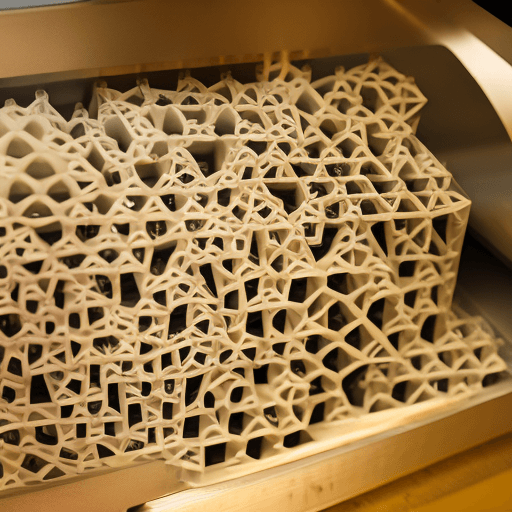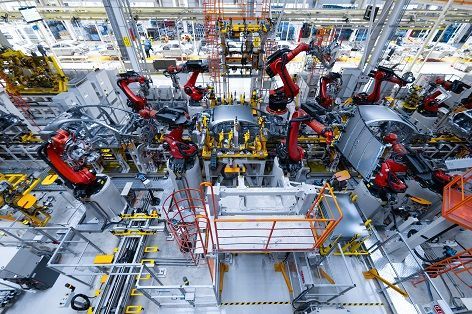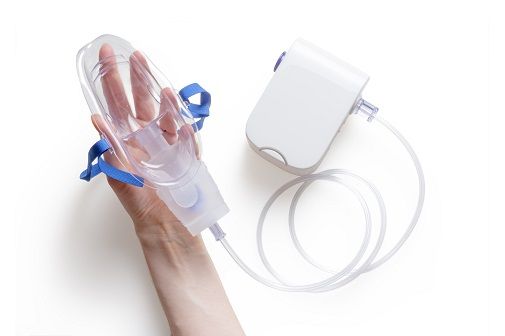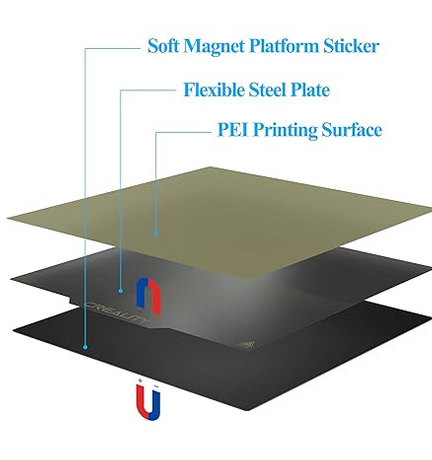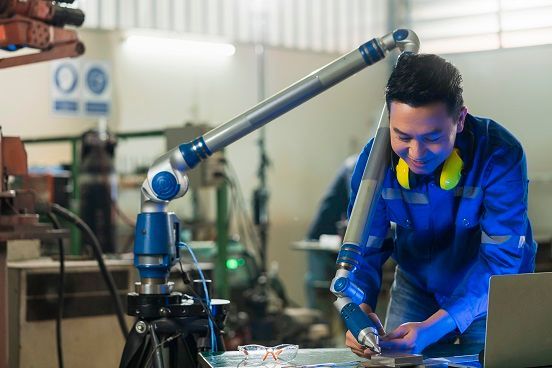“ I received a quote in 15 min and had parts printed in 48 hours "
– John, Marine Technician, Portsmouth.
Upload your STL file to get an instant Quote / Select the "Material" /Adjust the "infill setting" for strength:- 20% internal structure to 100% Solid Part / Choose the Color / Add "Extra" Post processing / Adjust the required "Quanity" / View the Price and Pay
CUSTOMER TESTIMONIES
“Very helpful guys, patient too. Had a cool design to print a custom backplate for my Legion Go handheld device, and these guys stepped up and delivered! Great communication and prompt delivery once the print was successful. Of course, the backplate fits perfectly, even clicks into place. Printed using PETG CF at a very competitive price. I highly recommend them!” — Mickey Padge
“I needed some very small plastic shelf support brackets that were no longer provided by the manufacturer of my old SieMatic kitchen units. Mitchell & Son Design were approached and produced a 3D model and then 3D printed the brackets very quickly, and to an excellent standard. I highly recommend their service and expertise.” — John Watkins
“Posting on behalf of my father. He had four dust caps made for some Girling brake cylinders for a 1950s Riley 2.5 ltr. They were perfect, spot on. Definitely recommended.” — David Ballantyne
“A very nicely made part and these guys are easy to deal with, planning the next job right now.” — Barrie Lever
“Very professional service resulting in a near absolute duplicate of the original fastener. The first batch printed were very marginally larger at 3 mm which the company identified, made us aware of and then immediately re‑printed, correcting the error. You could not really ask for more.” — Verified reviewer (Checkatrade) Checkatrade
“Quick and efficient service, good quality product within specification.” — Verified reviewer Checkatrade
“Amazing level of service. Really quick response.” — Verified reviewer Checkatrade
"I wanted to take this opportunity to thank you for the great work you did on the 20 face masks for a friend of ours who is a nurse at a major hospital. They desperately needed some PPE face masks… When we received the face masks … they are nice and sturdy. I am so pleased that we were able to meet our friends’ needs. Thank you so much. ” — Nigel
Critical marine spares, ready in 72 hours.
When a small part fails, downtime costs. We triage fast, scan or CAD the replacement, print in marine-ready polymers, and deliver—so you’re back on schedule across Southampton, Portsmouth, Hamble and the wider Solent.
Local, insured, NDA-ready. Emergency out-of-hours by agreement.
Who it’s for
- Port & cruise operations (gangway/fixture spares, signage hardware)
- Marinas & boatyards (clips, brackets, housings)
- Commercial operators & ferries (instrument mounts, covers)
- Yacht maintenance & refit teams (custom fittings, latches, organisers)
What qualifies for Marine 72
- Size: FDM next-day dispatch for single parts ≤ 150 × 150 × 150 mm and batches ≤ 5 parts(approve & pay by 12:00 each day - Shipment within 24hrs).
- Materials: ASA (UV/exposure), PETG, ABS, Tough/ABS-like SLA, Nylon 12 (MJF partner).
- Use cases: Non-pressure, non-structural components; fixtures, enclosures, guards, covers. non-load bearing parts
- Not suited: Pressure vessels, load-bearing safety components, Critial operational parts, structual components.
How Marine 72 works
- 1-Hour Triage — Call/WhatsApp with photos and rough dims. We confirm eligibility and book scanning if needed.
- Scan or CAD — On-site 3D scan (portable) or fast CAD from your sketch/old part.
- Material choice — We recommend the right marine-ready polymer & finish.
- Print — Next-day dispatch for qualifying FDM; SLA (partner) 3 working days; MJF (partner) 5–7 working days.
- QA & Fit — Visual + key dimensions; optional fit check on-site.
- Deliver — Local bike/same-day courier or collection. Weekend/OOH by agreement.
Cut-offs
- Next-Day Plastic (FDM, ≤5 parts): approve & pay by 12:00 → dispatch next business day.
- SLA Resin — Partner: 3 working days(expedite +15% available).
- MJF Nylon — Partner: 5–7 working days(expedite +15% available).
Typical specs
- FDM: ±0.3% or ±0.2 mm; 0.15–0.3 mm layers.
- SLA (partner): ±0.2% or ±0.1 mm; smooth surface.
- MJF (partner): ±0.3% or ±0.3 mm; bead-blasted nylon.
Final tolerances confirmed at quote; geometry and environment may affect results.
Next-Day Plastic (FDM)
from £25.00
Qualifying jobs ≤150 mm, ≤5 parts, orders by 12:00. Shipment next day
SLA Resin — Partner
from £30.00
5 working days • expedite +15% available.
MJF Nylon — Partner
from £30.00
5–10 working days • expedite +15% available.
Case: Ferry operator instrument cover
Legacy ABS cover cracked; no OEM spare. We scanned the part, thickened ribs, printed in ASA, and delivered within 72 hours. Outcome: zero cancelled sailings.
Service Level Agreements — On-Demand Additive (Hampshire)
SLA clocks begin once CAD is approved, material/finish confirmed, and payment/PO received. Large/complex parts or special finishes may extend lead time.
| Service line | Processes | Max envelope | Core materials | Standard | Expedite | Cut-off | Dimensional guide* | Default finish | QA & docs | Availability | Notes |
|---|---|---|---|---|---|---|---|---|---|---|---|
| Next-Day Plastic (FDM, In-House) | FDM | ≤150 × 150 × 150 mm | PLA, PETG, ABS, ASA | Dispatch next business day(orders approved & paid by 12:00; ≤5 parts) | Available (+15%) where capacity allows | 12:00 | ±0.3% or ±0.2 mm | Deburred, as-printed | Visual/fit + spot-check | Mon–Fri | Simple geometries; black/natural stocked |
| SLA Resin — Partner | SLA (partner) | ≤150 × 150 × 200 mm (typical) | Tough/ABS-like, Clear [TBC] | 3 working days | Available (+15%) | 12:00 | ±0.2% or ±0.1 mm | IPA wash + UV cure | Visual + key dims; partner report on request | Mon–Fri | Polish/dye optional (adds time) |
| MJF Nylon — Partner | MJF (partner) | ≤320 × 320 × 320 mm (typical) | PA12, PA11; glass/CF-filled on request | 5–7 working days | Available (+15%) | 12:00 | ±0.3% or ±0.3 mm | Bead-blasted; natural grey | C of C / partner report on request | Mon–Sat | Capacity dependent; disclosed at quote |
| Batch Production (FDM/SLA) | FDM/SLA | Per tech | Per tech | 3–7 business days(qty & geometry dependent) | Available (+15%) | 12:00 | Per tech | Per tech | Batch inspection sheet | Mon–Sat | Next-day dispatch limited to ≤5 FDM parts ordered by 12:00 |
| Reverse-Engineering + Print | 3D scan + CAD + print | On-site scan (carryable parts) | — | 2–5 business days after scan | Marine 72 pathway available | 12:00 | Per chosen process | Per chosen process | CAD + print report | Mon–Fri | Travel time may apply |
*Tolerances are typical guidance; confirm final tolerances at quote/DFM stage. Expedite option: all services can be expedited with a +15% surcharge (subject to capacity).



